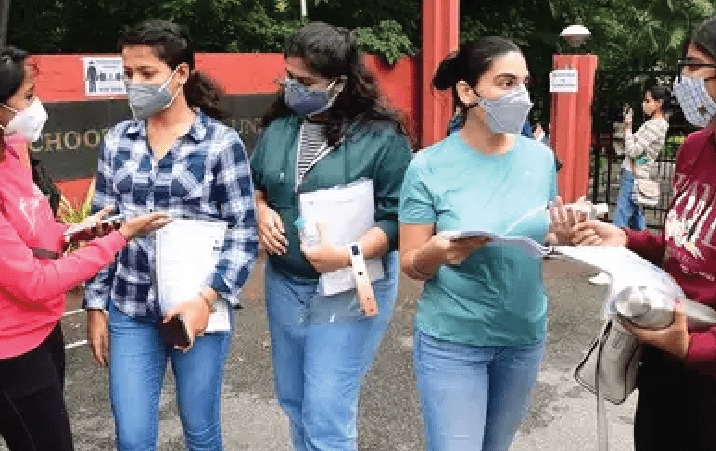Five years since it was introduced, the scheme of supernumerary seats for women continues to ensure a steady increase in the number of girls on the campuses of prestigious IITs, data shows. As admissions for the academic year 2022-23 concluded, as many as 3310 girls, or 20 per cent of the total number of seats, have confirmed admissions across the 23 Indian Institutes of Technology with the allotment of 16635 seats, including all six rounds of Joint Seat Allocation Authority (JoSAA).
Last year, when the seat allotment was at 16296, the IITs reached the goal of 20 per cent of girls in new admissions for the first time with 3213 girls confirming their admissions. The trend continued for the second year in a row indicating the need for this booster shot to encourage more girls to join IITs.
In 2017, a year before the introduction of the female supernumerary seat scheme, only 995 girl candidates, or 9 per cent of all seats, confirmed admission in IITs—up from 847 or 8 per cent of all seats in 2016.
V Ramgopal Rao, former director, IIT Delhi, said, “This is a significant increase, especially when compared to the years before the introduction of female supernumerary seats when the number of seats allotted to girls never crossed the mark of 10 per cent of the total seat allotment. The female supernumerary seats were aimed at correcting this and it has managed to do so for the fifth year in a row, with a gradual increase. The idea is to eventually do away with the female supernumerary seats and yet continue to have those many girls confirming admission to IITs. But, it is a slow and steady process and is actually in the right direction now.”
The female supernumerary quota in admissions to IITs was introduced in 2018 following the recommendations by a committee headed by the then IIT Mandi director Timothy Gonsalves. Popularly known as ‘the required slight push’, this was aimed at repairing the skewed gender ratio on IIT campuses predominantly occupied by boys. Instead of reserving seats in the already existing pool, additional seats were created for girls under the female supernumerary quota. With 14 per cent at the beginning of the academic year 2018-19, the number of female supernumerary seats rose to 19 per cent in 2019-20. The aim was to have 20 per cent female supernumerary seats in all IITs by 2021-22.
Abhay Karandikar, Director, IIT Kanpur, said, “We have come a long way. The number of girls confirming seats in IITs is definitely on the rise. With the number of girls IITians increasing each year, we will see more and more girls preparing for JEE.”
While most IITs have been able to reach the goal with the help of female supernumerary seats, a rather new IIT Jammu has managed to do so without it. With a smaller pool of seats at 240, the institute has managed to have a 20 per cent strength of girls in new admissions within the existing number of seats.
Courtesy : The Indian Express




